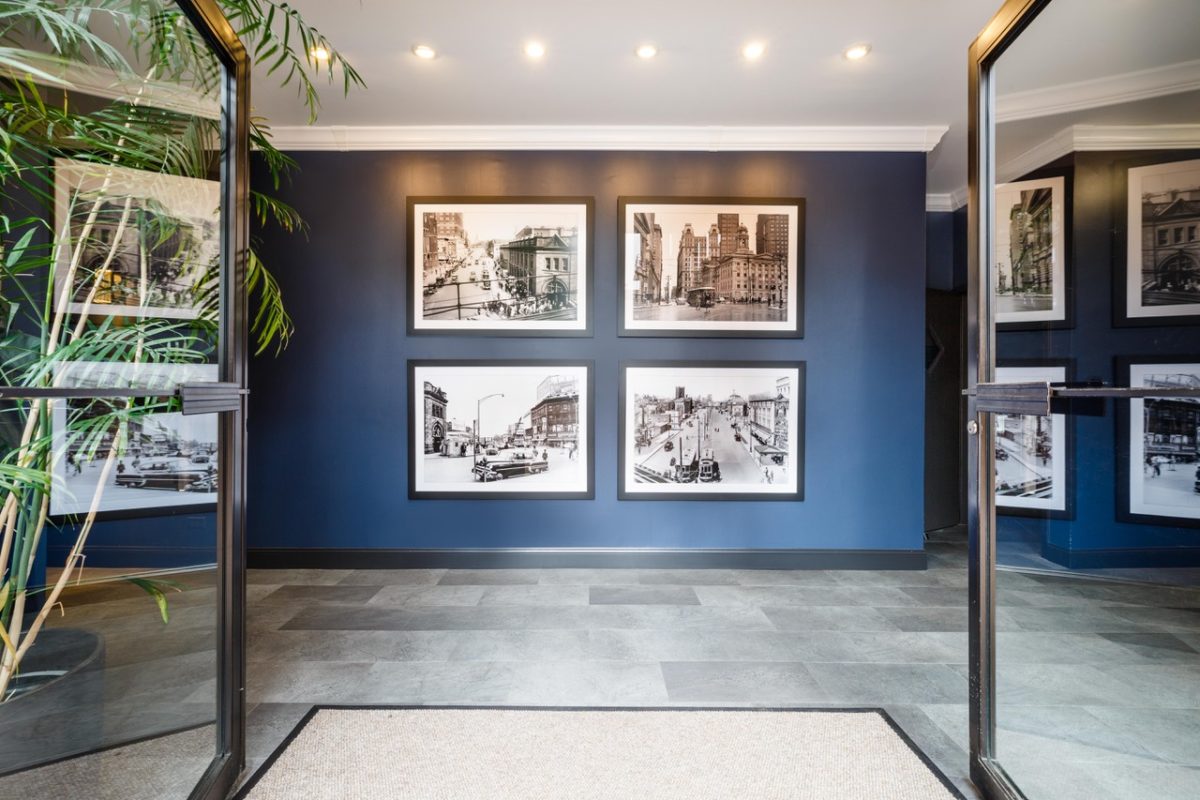Anyone who has followed interior design trends in recent years is well aware of the push to open up spaces in an attempt to increase collaboration and allow for the flow of more natural light. This trend has been equally pervasive in both home and commercial design.
However, the COVID-19 pandemic that has gripped the nation for the better part of 2020 has caused office designers to reassess how to balance these trends in design with the need for public safety. With all of this considered, the following are some interior design ideas you can expect to prevail in commercial offices for 2020 and beyond.
Customizable Partitions Will Be King

The traditional office and office cubicle have gone the way of the dodo bird, with key decision makers realizing that gray walls and isolation do not elicit the positive endorphins that lead to creativity in employees. As such, walls have been torn down in office buildings across the nation to increase community and collaboration in the workplace.
However, the call for social distancing has created the need to implement some form of protective barrier between employees, so expect to see a rise in interior partition walls in 2020.
These innovative materials allow office spaces to retain the essence of an open and inviting atmosphere while protecting against the unwanted transfer of germs. They are also highly customizable, allowing businesses to design partitions to meet their ever-changing needs, giving them staying power in the event that the COVID-19 scare dies down.
Imperfection is the New Flawless
From time immemorial, society has pushed hard to attain the ideal image of beauty. The prevailing notion of beautiful for years has been the shining, clean, unblemished surface that looks pristine upon first glance.
However, as the ethos of society are changing to embrace all forms of physical beauty, so too has this mindset transferred into the realm of interior office design. Gone are the days of striving for sparkling perfection as consumers and employees yearn to find out the true story of the companies with which they are associated.
Anything that says “natural” or “non-processed” are all major trends for office design in 2020 as consumers look to relate to businesses on a more human level. For example, many restrooms and refreshment facilities are choosing to forgo the clean, all-white look in favor of something more gritty and real, with exposed pipes and industrial bathroom fixtures being featured prominently in many commercial facilities.
Empowering Employees to Make Their Mark
Just as society’s views on beauty are changing, so too are its ideas on many traditional power dynamics. The days of bosses and supervisors designing a space and telling employees to work are trickling out in favor of bosses and supervisors giving employees the freedom to make their own spaces to create their ideal productive environment.
In 2020 and beyond, there will be less designated areas that “belong” to specific individuals or teams, with open office areas being “up for grabs” for employees to make their marks and put their individual twist on company values. This trend will likely see employees rearrange art, furniture, technology, and decorative screens to create areas that appeal to their sense of style, turning work into their proverbial happy place.
Creating a Workplace as a Social Medium

As technology has increased the prevalence of work-from-home opportunities, commercial offices that are designed to enhance “work for work’s sake” must evolve or die out.
No matter how isolated technology makes society, there will always remain some desire for social interaction, and employees do not want to view a traditional commercial office as a prison when they could have autonomy over their own schedules by working from home. Therefore, those companies that embrace this mindset by incorporating technology into functional, community-based lounge spaces that allow employees to pace and prioritize their tasks face the best prospects for survival moving forward.
Matt Lee is the owner of the Innovative Building Materials blog and a content writer for the building materials industry. He is focused on helping fellow homeowners, contractors, and architects discover materials and methods of construction that save money, improve energy efficiency, and increase property value.
